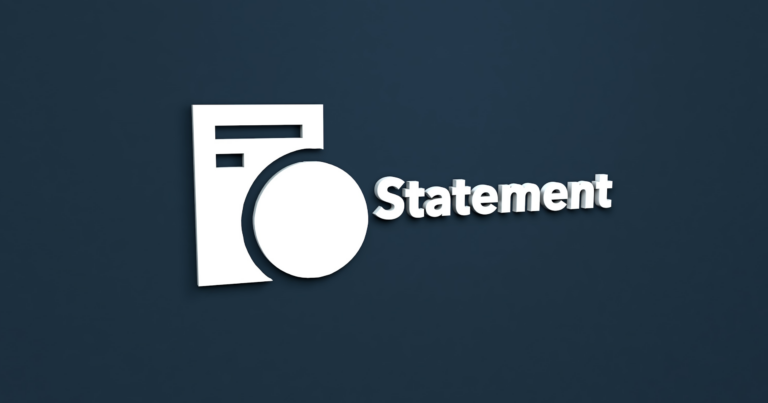With the appointment of a second female Prime Minister and female First Ministers in the devolved nations, you’d be forgiven for thinking that the UK had cracked gender equality. The reality however is quite different. Although there has been significant progress, women continue to face challenges progressing their careers, as our report Room at the Top shows.
The latest government initiative to tackle this is mandatory gender pay reporting. It is hoped that mandatory reporting will help close the gender pay gap in the UK which currently stands at 18 per cent. The new regulations apply to private sector companies (separate rules apply to the public sector) with more than 250 employees from 5 April 2017. What is the gender pay gap? The gender pay gap is the relative difference in the average pay of men and women across the labour market.
The recruitment industry is not immune. Data from 2015 shows a 6 per cent pay gap for basic pay and 14 per cent gap when bonuses are included. Reasons for the gender pay gap in recruitment and other industries include the tendency of women to be clustered in part-time work and in lower-paid sectors and roles.
The new regulations apply to private sector companies with more than 250 employees from 5 April 2017.
In addition, women’s career progression can be affected by caring responsibilities, poor access to flexible working and, unconscious bias.
The gender pay gap is not the same as equal pay. Equal pay is the right of men and women to be paid the same pay-rate for work that is of equivalent value. Discriminating in this way has been unlawful since the 1970 Equal Pay Act.
Will it affect my business?
Companies with 250 or more employees will need to report on their gender pay gap annually. The definition of “employee” was unclear in the draft legislation, something we flagged up to government on a number of occasions and in our legal bulletins.
The final legislation confirms that a wide definition of “employee” is being used, meaning agencies will need to report on the agency workers on their payroll.
Companies will also need to report on individuals on their payroll who are contracted to provide their services personally.
The ACAS guidance is comprehensive and clear, but we have asked the Government Equalities Office (GEO) for further guidance for agencies specifically. We will continue to press the GEO for this and update members.
What will businesses need to do? On 5 April 2017, and annually thereafter, in scope companies will need to calculate the following:
Mean and median gender pay gap for basic and bonus pay Proportion of male and females receiving a bonus payment Proportion of male and females in quartile pay bands
Companies will also need to provide a written statement confirming the accuracy of the information. This information will need to be published on employer websites and on a designated government website by 4 April 2018. A narrative statement should be published alongside this to put the data into context and explain what measures are being taken to tackle any pay gaps.
CBI’s guide to gender pay and ACAS guidance provide detailed, step by step, information on how to make the calculations outlined above.
How can I find out more?
Visit our legal guide, tune into our policy and legal webinar on 29 March and attend our Inclusive Recruitment Forum on 20 April to find out more. At the forum, we will be outlining the practicalities and also discussing how we can use this data to drive change in our industry.



